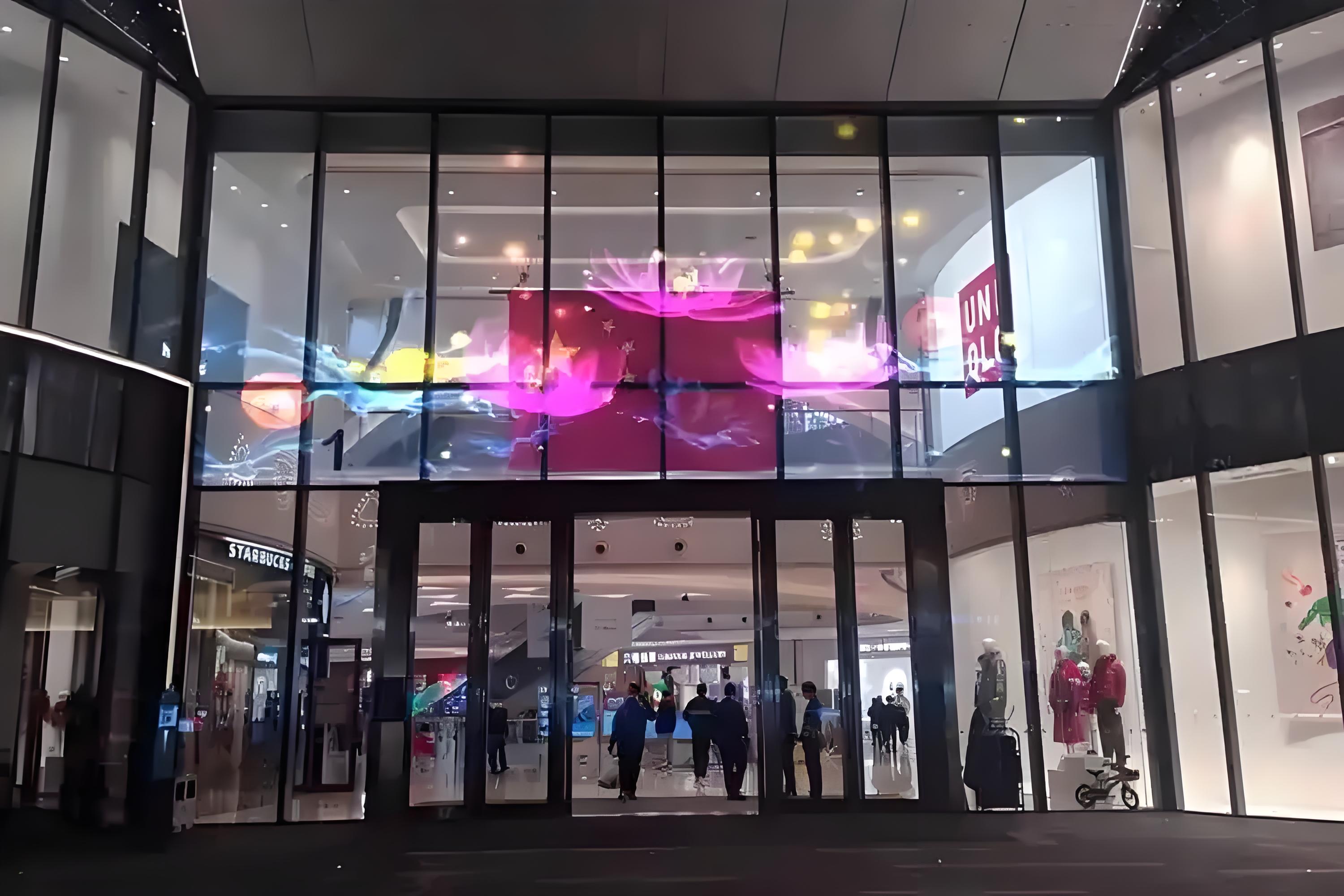When selecting a transparent LED display, key factors include transparency, installation environment, pixel pitch, brightness, flexibility, and budget. Below is a detailed comparison of the three products and recommendations for different scenarios.
1. Product Comparison Summary
2. Selection Recommendations
✅ Choose Product 1 (Modular Transparent LED Panel) if:


-
Large-scale installations (unlimited size via modular assembly).
-
High brightness needed (up to 5000 nits for outdoor/sunlight use).
-
Budget-friendly (best cost per square meter).
-
Outdoor/indoor flexibility (IP65 waterproof option available).
-
Stable, rigid installation (fixed structures like building facades, stages).
Best for:
✔ Shopping mall displays
✔ Stage backdrops
✔ Outdoor advertising (bus stops, building facades)
✅ Choose Product 2 (LED Film Screen) if: 
-
Ultra-high transparency (90%+) is critical (e.g., retail windows).
-
Flexible & curved surfaces (wraps around glass, columns).
-
Quick installation (self-adhesive, no heavy structure needed).
-
Sleek, seamless appearance (minimal visible hardware).
Best for:
✔ Luxury retail (window displays)
✔ Museum/exhibition interactive screens
✔ Indoor curved installations (cylinders, arches)
✅ Choose Product 3 (Hollow PCB Film Screen) if:

-
Higher resolution (P2.91,P3.9, P6.25, P7.8) + high brightness (3000-4500 nits) is needed.
-
Good balance of transparency (80%) and image quality.
-
Lightweight and flexible for curved and large panels (better than film for a little bigger sizes and higher resolution).
-
Indoor high-end displays (no outdoor use).
Best for:
✔ Corporate lobbies (high-resolution video walls)
✔ High-end retail (product showcases)
✔ Indoor events (conferences, exhibitions)
3. Key Decision Factors
| Priority | Best Choice |
|---|---|
| Lowest cost | Product 1 (Modular Panel) |
| Highest transparency | Product 2 (LED Film) |
| Best image quality | Product 3 (Hollow PCB Film) |
| Outdoor use | Product 1 (IP65 version) |
| Easiest install | Product 2 (Self-adhesive) |
| Large-scale | Product 1 (Modular scalability) |
Final Recommendation
-
For budget-friendly, large-scale, or outdoor projects → Product 1
-
For ultra-transparent, flexible, and quick-install solutions, storefront windows indoor displays → Product 2
-
For high-resolution, bright, and quick-install solution indoor displays → Product 3
Some Facts for Screen Brightness Selection
For indoor LED transparent screens, the required brightness varies depending on the environment:
-
Indoor (near street-facing windows with direct sunlight): High-brightness indoor transparent screens are needed, with a brightness of >4000 cd/m² or higher.
-
Brightly Lit Indoor Spaces (e.g., Shopping Malls, Airports,Showrooms)Recommended Brightness: 2,000–3,000 cd/m².
-
Standard Indoor Lighting (e.g., Offices, Meeting Rooms, Retail Stores)
Recommended Brightness: 600–1,500 cd/m² -
Dim environments (e.g., Bars, Theaters, Dark Rooms) Recommended Brightness: 300–500 cd/m²
Why? In dimly lit spaces, overly bright screens can cause discomfort. Lower brightness ensures a balanced viewing experience.
For fully outdoor applications, brightness requirements vary based on usage type:
-
Rental transparent screens (short-term use, e.g., events): Typically require a brightness of 5000 cd/m².
-
Permanent Outdoor Installations (e.g., Building Facades, Billboards, Stadiums). Recommended Brightness: 7,000–10,000+ cd/m².
Key Considerations When Choosing Brightness
✔ Energy Efficiency – Higher brightness consumes more power. Balance visibility with cost.
✔ Viewing Comfort – Excessively bright screens in dark environments cause eye strain.
✔ Content Type – Video ads may need higher brightness than static text/graphics.
✔ Day/Night Mode – Smart displays can auto-adjust brightness to save energy.
Conclusion
-
Indoor: 300–5,000 cd/m² (depending on ambient light).
-
Outdoor: 5,000–10,000+ cd/m² (higher for direct sunlight).
-
Adjustability: Opt for displays with brightness control for flexible use.
Would you like a specific quote comparison based on your project size? Let me know your exact requirements!




